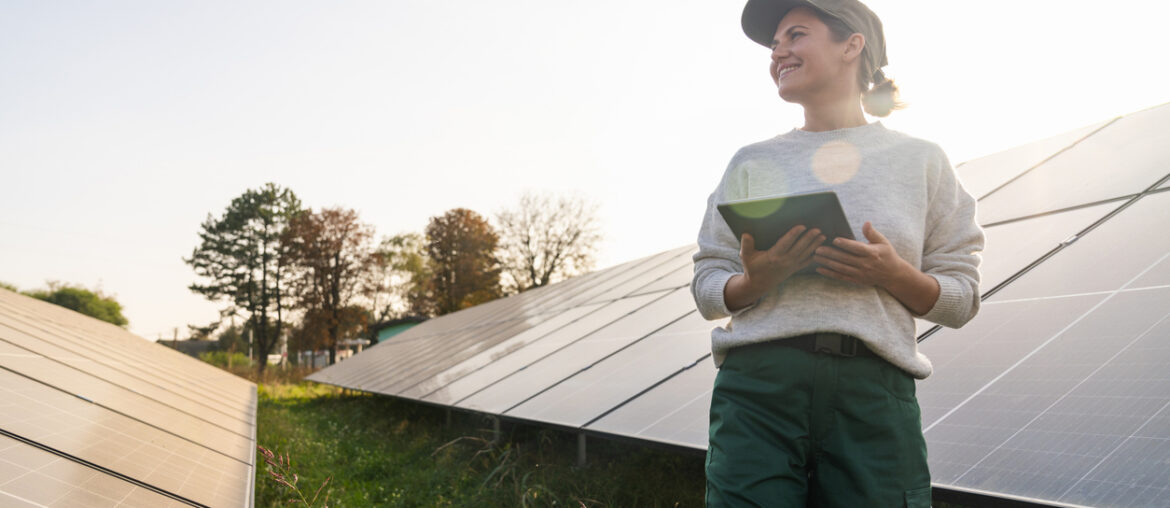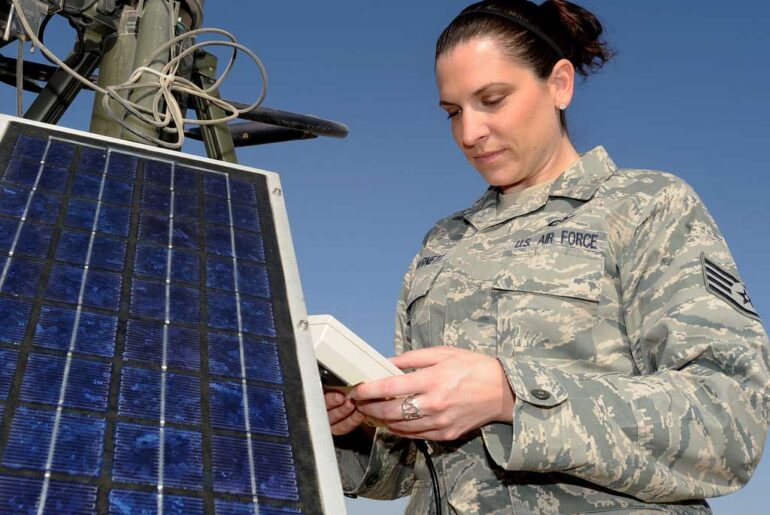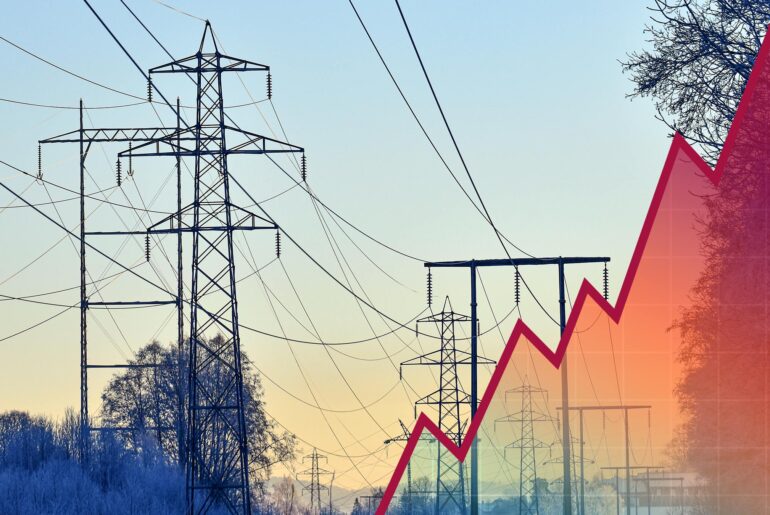Arizona is facing a growing water crisis, with prolonged drought conditions, reduced Colorado River flows, and increasing demand placing strain on communities, farmers, and businesses. The situation has led to water cutbacks, rising costs, and difficult choices for those who rely on irrigation and stable water supplies.
But innovative solutions are emerging, and solar energy could play a surprising role in addressing water scarcity. By reducing evaporation, improving land use, and lowering energy demands on the water supply system, solar technology is being explored as a dual-purpose solution—helping both the energy grid and water conservation efforts.
The Growing Water Shortage in Arizona
Water availability in Arizona depends largely on the Colorado River, which provides water to millions across the Southwest. However, due to ongoing drought and overuse, Arizona has faced significant water cuts, with allocations reduced by 21% in 2022 alone (ASU News).
For agriculture, which uses nearly 70% of the state’s water supply, these reductions have led to fallow fields, deeper well drilling, and higher costs for farmers. Cities, too, are being forced to re-evaluate water use, with new developments increasingly facing restrictions.
As experts search for long-term solutions, solar technology is emerging as an unexpected but practical tool for managing water more efficiently.
Solar Canals: A New Approach to Water Conservation
One of the most promising ideas being explored is covering irrigation canals with solar panels. This method, first introduced in India, has gained traction in the U.S. as a way to prevent water loss while generating clean energy.
A recent project in California is testing this concept, and Arizona officials are beginning to explore whether similar solar-covered canals could be deployed in the state (Global Water OSU).
How it Works:
- Solar panels provide shade, reducing evaporation from open water sources.
- Panels generate electricity, reducing dependence on fossil fuels.
- Less algae growth and debris means lower maintenance costs for water systems.
This approach could save millions of gallons of water each year, while simultaneously generating affordable renewable energy for nearby communities.
Farming with Solar: Less Water, More Benefits
Another innovative solution is agrivoltaics, which involves installing solar panels over farmland to provide both energy and shade for crops. Research has shown that shade from solar panels helps soil retain moisture, reducing irrigation needs while keeping plants and livestock cooler and healthier.
A University of Arizona study found that crops grown under solar panels required 50% less water, while also seeing higher yields and protection from extreme heat (Cronkite News).
Why Agrivoltaics is Gaining Attention:
- Cuts water use – Shade slows evaporation, meaning crops need less irrigation.
Boosts farm income – Farmers can lease land for solar while still using it for grazing or crops. - Protects crops & livestock – Reducing direct sunlight helps prevent heat stress.
With state and federal incentives supporting solar energy, agrivoltaics is becoming a viable option for farmers who want to protect their land from drought while benefiting from clean energy investments.
A Water-Smart Energy Future
Arizona, like much of the Southwest, needs both energy and water security to sustain its growing population and economy. While no single solution can solve the water crisis, solar energy offers a unique opportunity to reduce strain on water resources while promoting sustainability.
By covering canals, integrating solar into farms, and making better use of land, communities can conserve water while generating local clean energy. If scaled up, these solutions could help Arizona—and other drought-prone states—adapt to the challenges of climate change while strengthening energy independence.
With smart policies and investment, solar-powered water conservation could be the key to a more resilient future for both Arizona’s communities and the broader Southwest.




